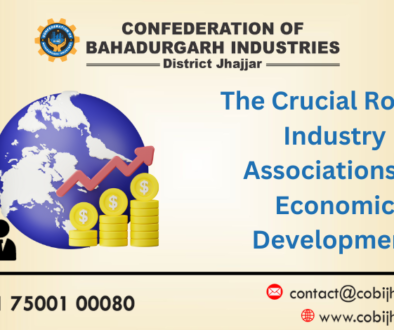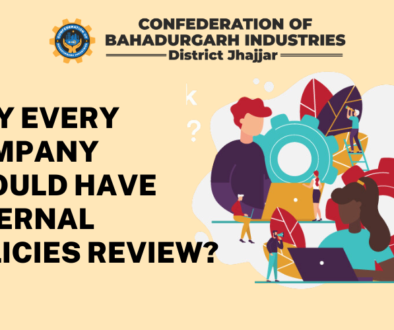Understanding Child Labour and Age Parameters: A Comprehensive Guide
Understanding Child Labour and Age Parameters – A Comprehensive Guide
Child labour remains a pressing global concern, with millions of children around the world engaged in activities that hinder their physical, emotional, and educational development. One critical aspect of addressing child labour is setting age parameters that define when a child is legally allowed to engage in work. In this enlightening blog, we delve into the significance of child labour age parameters, their implications, and the steps being taken to ensure children’s rights and well-being.
Decoding Child Labour Age Parameters: What They Signify
Age parameters for child labour refer to the minimum age at which a child is permitted to engage in work, as defined by international conventions and national legislation. These parameters are crucial for safeguarding children’s rights, protecting them from exploitation, and promoting their holistic development.
Global Standards and Legal Regulations
Internationally, the International Labour Organization (ILO) has been at the forefront of setting global standards for child labour age parameters. The ILO’s Convention No. 138 establishes a framework for determining the minimum age at which children can engage in work that is not harmful to their health and development. Similarly, Convention No. 182 focuses on the elimination of the worst forms of child labour, ensuring that children are not subjected to hazardous or exploitative work.
Many countries have aligned their legal regulations with these conventions, enacting laws that prohibit child labour or set specific age limits for permissible work. These legal measures play a vital role in protecting children and upholding their rights.
Socio-Economic Impact and Child Protection
Setting age parameters for child labour has far-reaching socio-economic implications. By prohibiting or regulating child labour, societies can ensure that children have the opportunity to receive an education, acquire skills, and prepare for a better future. This, in turn, contributes to breaking the cycle of poverty and empowering future generations.
Moreover, age parameters help prevent the exploitation of children, ensuring that they are not subjected to hazardous work conditions or forced into activities that compromise their well-being. By creating a protective environment, age parameters play a pivotal role in promoting child protection.
Ethical Considerations and Children’s Welfare
Beyond legal and socio-economic considerations, ethical factors also come into play when setting age parameters for child labour. Society has a collective responsibility to ensure that children are allowed to grow, learn, and play without being burdened by the demands of work. Prioritizing children’s welfare and well-being is not only a moral imperative but also an investment in a brighter future.
Steps Toward a Child-Labour-Free World
1. Education and Awareness: Promote awareness about the detrimental effects of child labour and the importance of age parameters in protecting children’s rights.
2. Legislation and Enforcement: Advocate for the implementation and enforcement of laws that establish age parameters and prohibit hazardous child labour.
3. Economic Empowerment: Support initiatives that provide alternatives for families and communities to generate income without resorting to child labour.
4. Child Welfare Programs: Collaborate with organizations that work towards the well-being of children, providing them with access to education, healthcare, and a safe environment.
The Path Forward: Upholding Children’s Rights
As we journey toward a world free from child labour, setting and adhering to age parameters is a critical step. By ensuring that children are protected from exploitation and given the opportunity to develop to their fullest potential, we contribute to building a more just and equitable society.
In conclusion, child labour age parameters are more than just numbers; they represent a commitment to children’s rights, well-being, and future. By recognizing the importance of these parameters and taking meaningful actions, we can work together to create a world where every child is free to dream, learn, and grow.
As you explore the complex issue of child labour and age parameters, remember that each step taken to protect children’s rights contributes to a brighter and more compassionate world.




